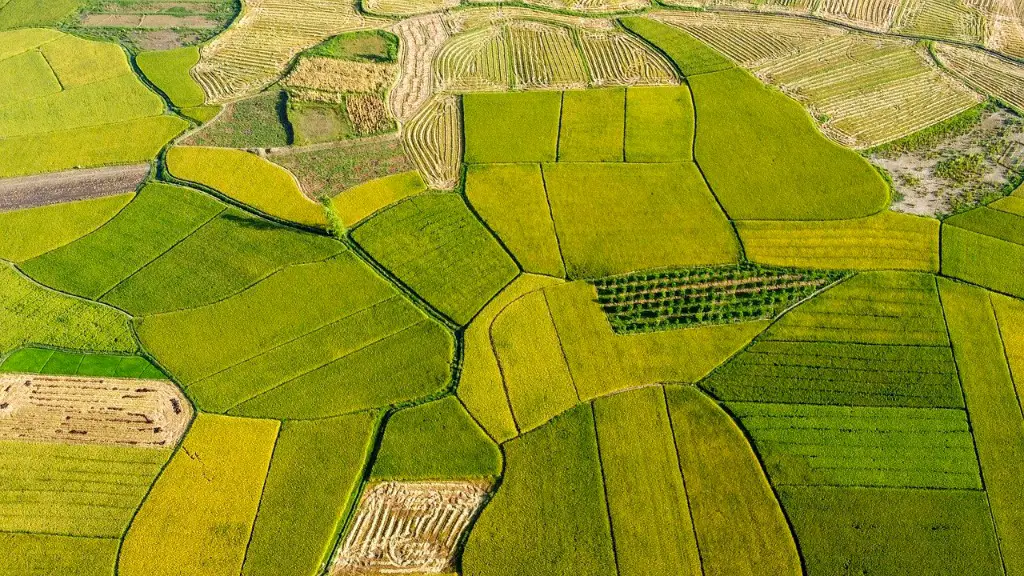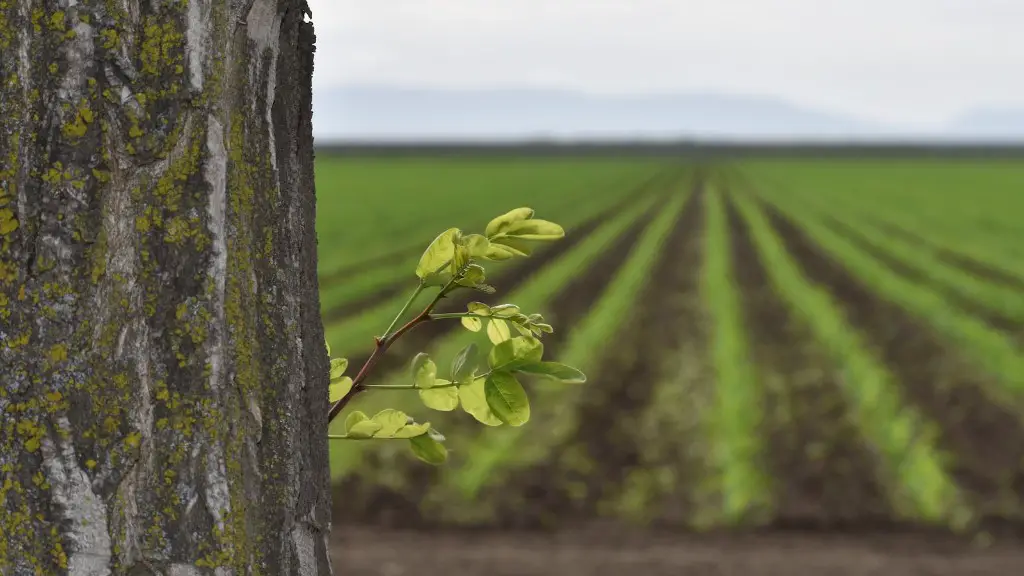Agriculture is a vital component of many countries’ economies. It provides both sustenance for citizens and a way for countries to increase their exports. This article will look at which countries have the most successful agricultural industries.
Contrary to popular belief, the United States of America does not have the highest percentage of its land devoted to agriculturally productive activities. The country with the highest percentage of its land devoted to agriculture is India. India has over half of its land devoted to agricultural activities such as growing crops or raising livestock. This is due to India’s large population and its reliance on subsistence farming.
India is not the only country with a successful agricultural industry. China is another large agricultural producer. Although China only has 32% of its land devoted to agricultural activities, it is the second largest agricultural producer in terms of the value of their agricultural output. China has one of the most technologically advanced agricultural industries in the world and has become a top exporter of various agricultural products.
Several countries in the African continent also have successful agricultural industries. Ethiopia and Tanzania both have a significant portion of their land devoted to agricultural production and both countries export a variety of agricultural products. Ethiopia is the largest producer of coffee in Africa and it is also the main exporter of teff in the world. Tanzania is the fourth largest producer of maize in Africa and the largest producer of sunflower seeds in the continent.
Frequent Challenges Affecting Agricultural Productivity
Agriculture is one of the most important industries in the world, but it also has its challenges. Climate change is a threat to global agricultural productivity, as it can lead to droughts, floods, storms, and other extreme weather conditions that can damage crops and livestock. Deforestation is also a threat, as it reduces the land available for agricultural production. In addition, soil degradation and salinization, caused by over-fertilization and intensive agriculture, can lead to lower yields and lower quality products.
Agricultural Technology
To combat these challenges, agricultural technology has become a valuable tool. This technology can improve farming practices, reduce the amount of time and energy required for farming, and increase yields. Some of the most important developments in agricultural technology include precision agriculture, which uses satellite and other data to detect problems in soil composition, water availability, and other conditions. There is also the use of genetically modified crops, which help farmers grow more crops in harsher conditions. Finally, there is the use of composting and other techniques to reduce the amount of fertilizer and pesticides used in farming.
Government Involvement and Support
The success of an agricultural industry also depends on the support of the government. Governments can provide subsidies and incentives for farmers, as well as providing education and resources to help farmers produce higher yields. Additionally, governments can invest in research and development in order to promote new technologies and methods that can help farmers increase their yields. Finally, governments can also invest in infrastructure, such as improved water and irrigation systems, roads, and storage facilities, which can help farmers store and transport their produce.
Worldwide National Food Regimes
Another important factor in understanding agricultural productivity is the global food regimes. These regimes dictate the sources and prices of food, as well as the rules about how food is produced, processed, distributed and consumed. Most of the countries that produce the majority of the world’s food are developed countries in the Global North, while the countries that consume the most food are in the Global South. These food regimes often leave those in the Global South at the mercy of unpredictable food price hikes.
International Trade Agreements
International trade agreements also play an important role in agricultural productivity. These agreements can help open up markets and provide new opportunities for producers. However, they can also lead to countries subsidizing their agricultural industries, which can have a negative effect on farmers in other countries. Additionally, trade agreements can lead to a decrease in local food prices, as food is imported from other countries with lower prices. This can lead to a decrease in local farmers’ incomes, as they are unable to compete with lower priced imports.
Environmental Regulatory Standards
Environmental regulatory standards are also important in the agricultural industry. These standards set limits on how much animal and plant material can be used as fertilizer, how much water can be used for irrigation, and how much waste can be produced. These standards are important for ensuring that agricultural production does not damage the environment. Additionally, countries that do not adhere to environmental regulatory standards can face sanctions or trade restrictions.
Conclusion
Agriculture is an essential industry that supports countless countries’ economies and it is important to have an understanding of what factors contribute to a successful agricultural industry. These factors can include climate change, deforestation, soil degradation, agricultural technology, government support, global food regimes, international trade agreements, and environmental regulatory standards. By recognizing and understanding these factors, countries can ensure that their agricultural industry is successful and efficient.


